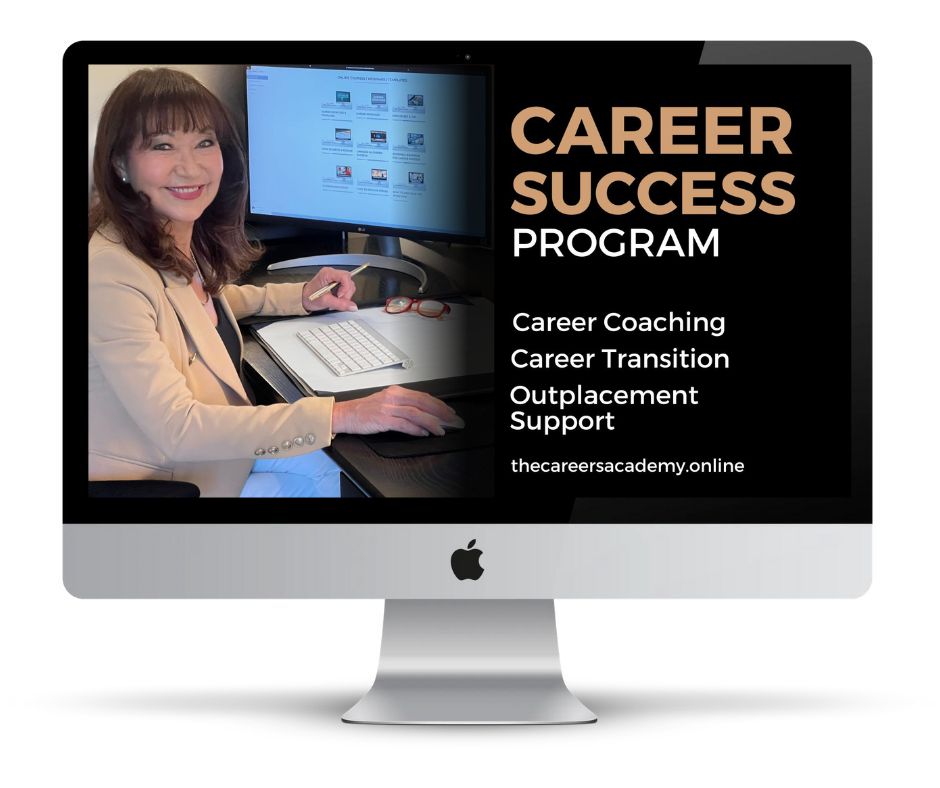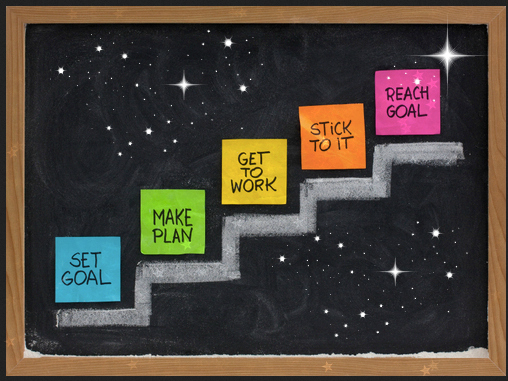Looking for a new job evokes a wide range of feelings. You might experience soaring exhilaration, excitement and anticipation in the early stages when you feel confident that the Universe will smile upon your every move.
If all goes according to your plan, the offer lands on your table, you sign and you’re off and away to a new, rewarding career.
However, if the Universe doesn’t deliver to your expectation and the job search process is taking forever, feelings of impatience, frustration, confusion, anxiety and despondence may make an unwelcome visit.
If this is you, first please take a step back, breathe, and take stock of what’s happening. It’s time to reassess and reset your game plan with my 10 No-Nonsense Tips to Get an Interview.
STEP 1: Reset your mindset
Maintain your confidence (you are still the same competent and capable professional you were at the beginning of this process.)
Be fearless and know the value you have to offer employers – the most powerful résumé won’t be much use in the hands of a candidatewho lacks self-belief.
To manage stress and build confidence this online support will help.
STEP 2: Identify your goals and values
Create clear and concise career goals that align with your values. Be sure you know what you want so you can focus your efforts in the right places.
Build a solid foundation and understanding of WHO you are, WHY you are of value to your target audience and HOW you make a positive difference in the workplace.
Spend an hour writing down your Value, Motivators, Satisfiers, Dis-satisfiers, Tangible Accomplishments and Transferrable Skills. My Career Clarity Pack provides all the templates you need to do this thoroughly and systematically.
STEP 3: Identify and nurture your referees
Identify who you need to be your referees. Choose previous managers, co-workers, customers or vendors who know you in a professional capacity and can vouch for your effectiveness and the results you have achieved.
Reach out to your referees and provide your updated résumé as a reminder of what you can do. Stay in touch with them through the process and let them know when a reference check is imminent.
STEP 4: Create your action plan
It’s much easier to get to your destination if you have a roadmap. Let your action plan guide you with the tasks you need to complete on a daily, weekly and monthly basis. Set your own KPI’s.
- How many calls to your network will you make each day to set up how many meetings each week
- How many hours will you spend each day researching companies, contacting recruitment agents, making applications, etc?)
Create mini targets to reach each day to provide regular small ‘wins’ which give you a sense of accomplishment and takes you closer to securing that interview.
STEP 5: Identify the people you know in your target market
This process should primarily be a people search, not a job search. People make the hiring decisions. Online Job Boards are part of the process and advice and guidance from your professional network will help to point you in the right direction.
The right people can recommend you to those who are decision makers in your target market. Use LinkedIn to find out who can link you to people who can provide information, advice, guidance and, if you play your cards right, referrals to those who can get you in front of people who, in turn, can get you closer to the decision makers.
(This is a step-by-step process, sometimes it’s one step forward, one step back, so learn to dance in the moment!)
STEP 6: Identify your economic value to an organisation
Identify your economic value and the organisational worth you bring to the companies in your target market. What will resonate best with the hiring manager?
Research the challenges of the department, the team or the manager – this will require more than just Google, use industry databases, LinkedIn, pick up the phone and talk to people in the right areas and you can use the relevant information to add to your applications which may help you to stand out from other candidates.
STEP 7: Prepare your written and verbal introduction
Make sure you know what you want to get across in your career summary in your resume, in the opening paragraphs of your cover letter and when meeting with your network.
What are you going to tell people about yourself? What is most relevant? Here’s a guide to your introduction if you get stuck.
STEP 8: Tailor your application
Create a powerful cover letter and resume; make them high-impact documents that communicate your ability to produce results. Provide proven examples of success in areas that are relevant to the role. Here is how you can create a powerful résumé.
Pick up the phone before responding to an advertised position. By speaking with the advertiser you give yourself a chance to market yourself even before submitting the application.
By asking for more information you may gain valuable insights so you can tailor your cover letter and resume accordingly. That human touch before submitting an online application may give you a slight edge over other candidates.
STEP 9: Practice self-care
Take good care of yourself. Create a routine that feels good, take time every day to release tension – exercise, meditate, prepare nutritious, regular meals, get enough sleep.
Schedule time to meet up with your friends and allow yourself time to relax. When you get called in for an interview, you want to be well prepared and confident, not frazzled and exhausted.
STEP 10: Reassess every 2 weeks
Identify the strategies in your action plan (networking, working with recruiters, online applications and target marketing) that work for you and reassess what is not working.
Focus on what yields the best results for you while keeping in mind that the majority of your time expanding your network in your target area.
When you secure that interview, here is how you can prepare for interview success.
Taking these 10 No-Nonsense Tips to Get an Interview will get you results.
Set realistic expectations to manage your stress levels. If you need practical support as you take this journey, I can be your coach, mentor and accountability buddy to guide you through the emotional roller coaster of career change.
For affordable and on-demand career support my Career Success Program is all you’ll need. Everything I do, I believe in making a positive difference in your life. I believe in building your confidence and career clarity so you will take charge of your life and career.
The way I do this is by creating a supportive and safe coaching environment for you to shine. I’m your career coach who genuinely cares about your career success.

Book a 15-minute complimentary career clarity chat and let’s find out how I can support you, whether you need one-on-one coaching or simply affordable online support, I’m here for you.



